Traditionally NZ has used lofted blanket insulation and placed this between structural elements such as rafters, studs and nogs. This has been a somewhat effective, cost-saving method to help achieve the minimums stated within the building code.
These traditional methods leave thermal breaks in the 'system' where the timber structure lies, leaving the area essentially uninsulated. For example, in a plywood roof structure, rafters and nogs at the current NZBC requirement of 400mm centres, leave an area of 27% of the roof space uninsulated.
Clients are demanding higher performance from their buildings, and insulation is just one ingredient that comes under high scrutiny for increased performance.
This is one of many reasons clients and designers opt to use a 'Warmroof' system, where rigid insulation is placed outside the structure prior to waterproofing.
Nuralite are now expanding the use of the PIR insulation board currently used in the Nuratherm Warmroof system to other elements of the building, as it's a multi-functional product and can be effectively installed in various areas.
For instance, the PIR boards can be used in many settings:
- Rooftop: Flat roof insulation for timber, concrete and steel deck
- Sarking: Pitched roof insulation (type nF with neutral felt)
- Floor: Floor insulation (underfloor heating and concrete floors)
- Wall: Cavity wall insulation
- Wrap: Outside wall insulation (closed joints)
- Comfort: Loft insulation
What is PIR?
PIR stands for polyisocyanurate.
Like most manufactured products, not all PIR Boards are created equal. Key performance indicators are compressive strength, dimensional stability, and proven R-Value (EN 13165, for example). Environmental credentials are also a very good indication of quality.
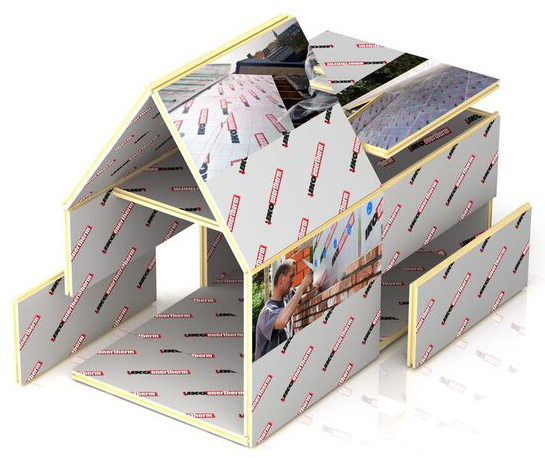
Nuralite Enertherm ALU is a 100% CFC, HCFC and HFC-free insulation board with a rigid polyisocyanurate foam core, clad on both sides with a multi-layer gas-tight aluminium complex. This high quality reflecting ALU cladding consists of no fewer than seven layers, combined into a single complex.
It is tested under extreme conditions in respect of water absorption, mechanical properties, corrosion resistance and emissivity. It also is an ideal surface for fixing internally or externally, and prevents outgassing, so the panel is thermal conduction efficient. The Nuralite Enertherm PIR Board has a thermal conduction coefficient of ʎD: 0,022 W/(m.K) (EN 13165).











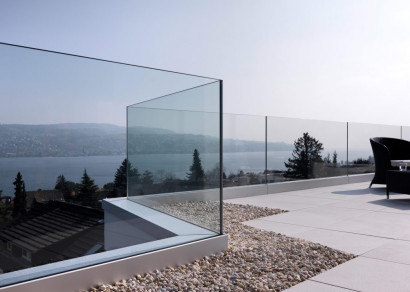

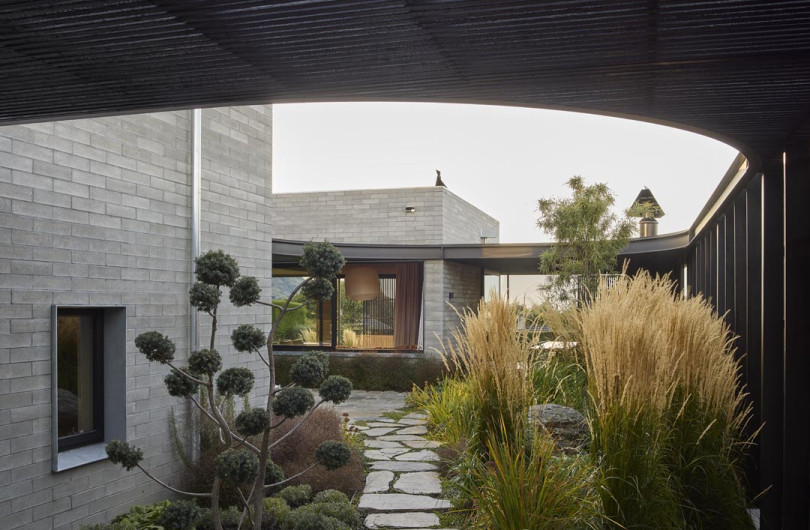
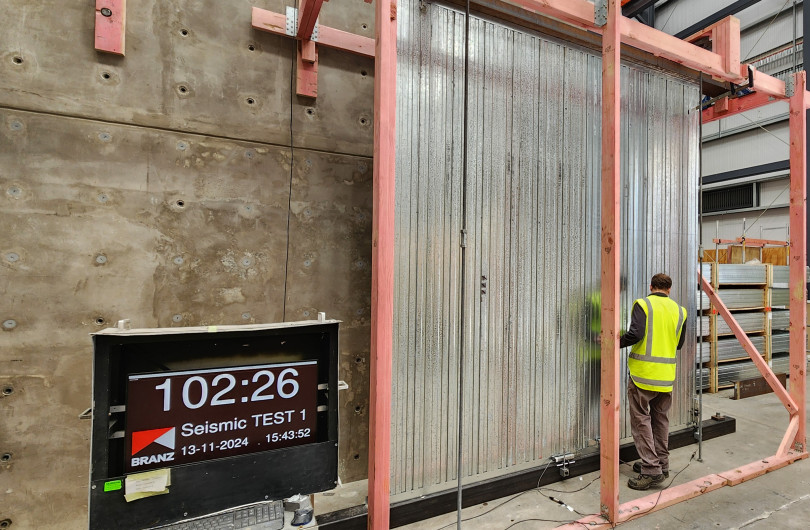
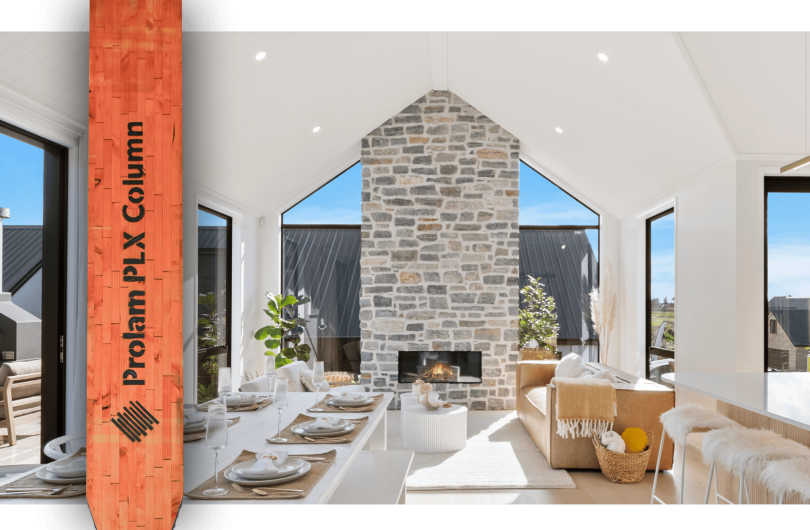
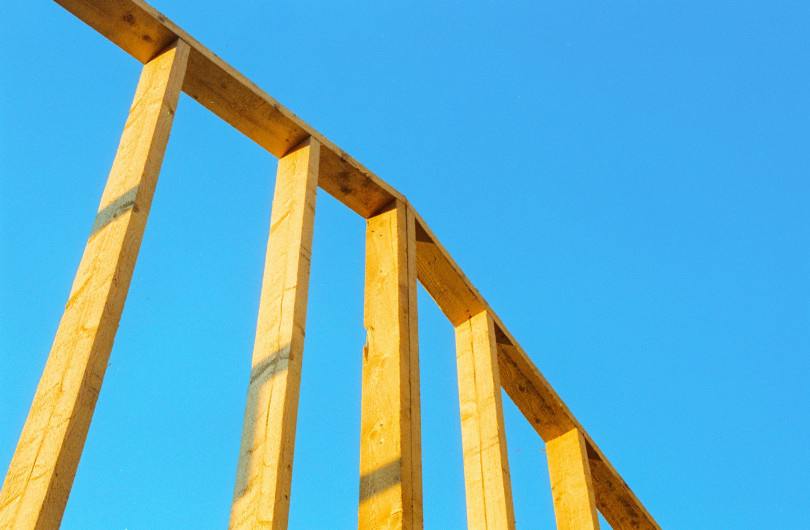
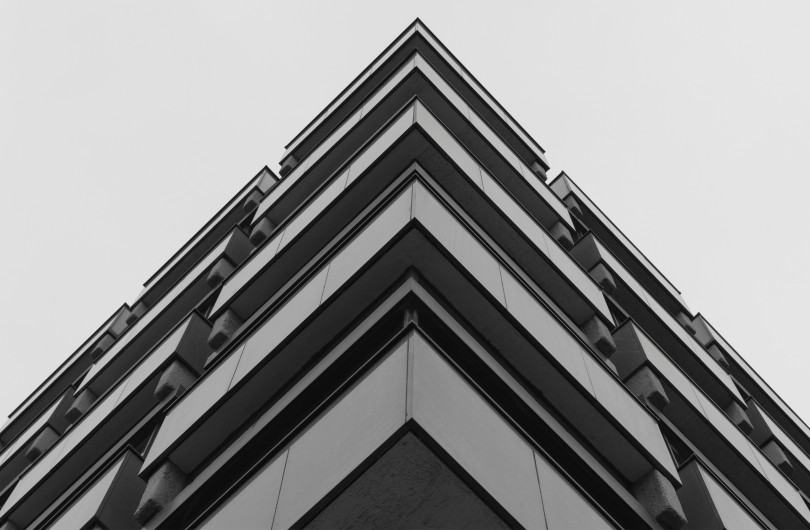

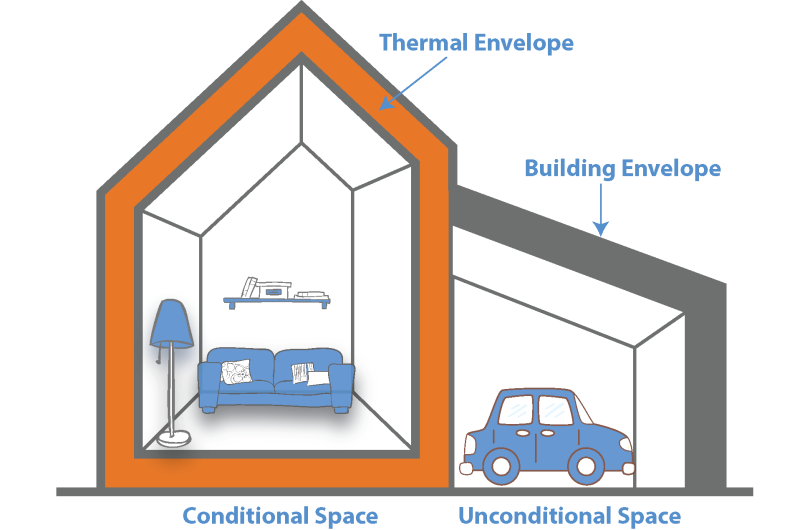






 Most Popular
Most Popular Popular Products
Popular Products


